History of women's dresses
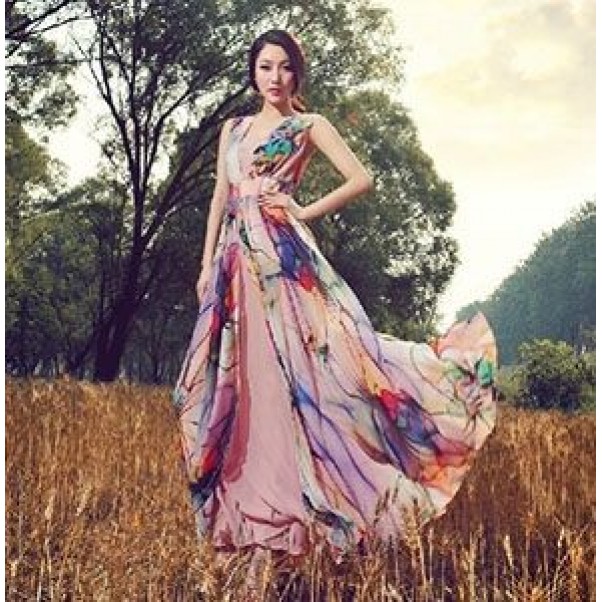
The history of women's dresses in the history course is particularly interesting. Dresses were not originally fashionable for women. In many cultures throughout history, and around the world, dresses have been worn by men; consider a Scottish kilt (skirts are a Scandinavian heritage), or a toga worn by the ancient Greeks. These are interesting facts, but here, we will look at the history of women's dresses during the early stages of the 20th century, and especially in Western history.
For modern women, understanding the history of dresses, and the long journey of a lady's dress, plays a big role in forming a sense of style.
The reason for this is the current fashion trends, which systematically take elements from previous fashion and thus create new trends. By understanding the past, it is possible to incorporate the best of previous things and thus form one's own contemporary style that is unique and avant-garde. A true fashion designer knows how to use influences from previous fashion trends to create elegance that is truly unique.
On the hunt for summer dresses
Summer without a few pairs of dresses is unthinkable, isn't it, dear ladies? Have you managed to buy new dresses already or have you not finished this task yet? Well what are you waiting for! It's time - it's already warm outside and the stylish women started their catwalks with new current and beautiful summer mistakes. Fast on the market to hunt for summer dresses, but before that, see which new fashion trends to keep up with. After all, the goal is to be modern, otherwise you can fight with last year's models ... ➤ Read More
In the rather modest times of the early 1920s, it was common to see men's clothing styles, with strong angles made of sturdy materials, but this changed dramatically in the 1930s. The 1930s heralded a return to the female ideal, with a change in the hemming of dresses.
This is a way to diversify clothing in a way that does not make it more expensive, as these are times of global crisis.
Literally, if the clothes were damaged then, they were patched and people did not have the opportunity for new ones. This gives rise to some very unusual but innovative designs when new clothes are made from pieces of old clothes. Dresses then tended to fit the female body, and the reason for this is the lack of materials from which to make. These dresses are extremely elegant and stylish and emphasize the female body.
In the 1930s and 1940s, a cultural change in attitudes toward women who were slowly being liberated became equal in society. The women's movement has received a significant change in fashion, which has shifted its focus to revealing patterns.
Women's dresses are made with a lower back, as well as revealing the upper thighs and waist, while in the past, fashion sought to disguise the female form.
The years of World War II, and the postwar years, further increased poverty and lack of materials, again leading to the fashion of tight-fitting and short dresses. This saves money and time on dressing. This trend led to the 1960s and the invention of the mini-skirt, the shortest style of dress to date.
But this does not exhaust the variety of dresses and especially the long dress remains in vogue today. Most often, long dresses are preferred for formal occasions, and fashion designers have not given up on them. Usually floor-length or ankle-length dresses are also preferred when marrying brides. Long dresses have a rich history, and they have been preferred over the centuries, especially in the colder countries of Western Europe.

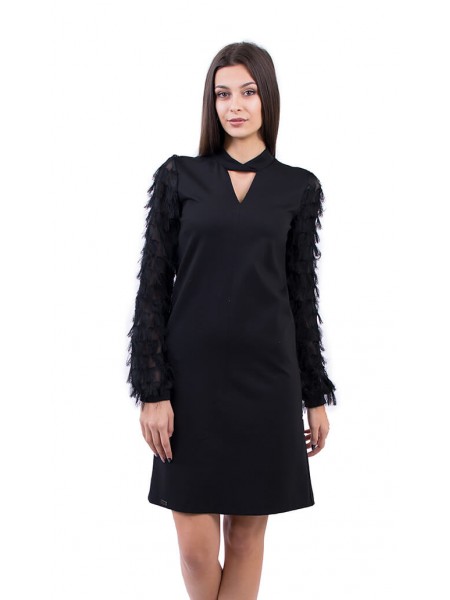
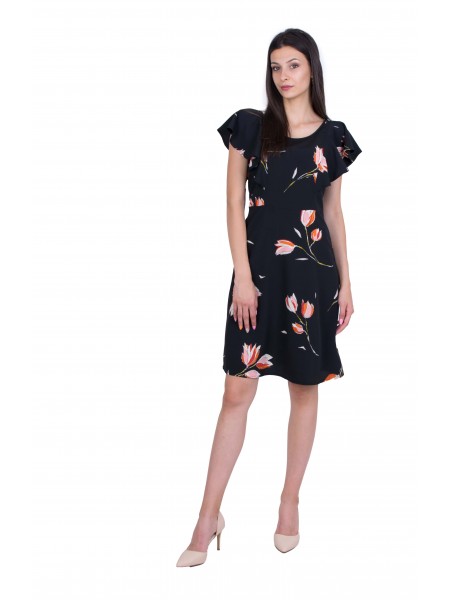
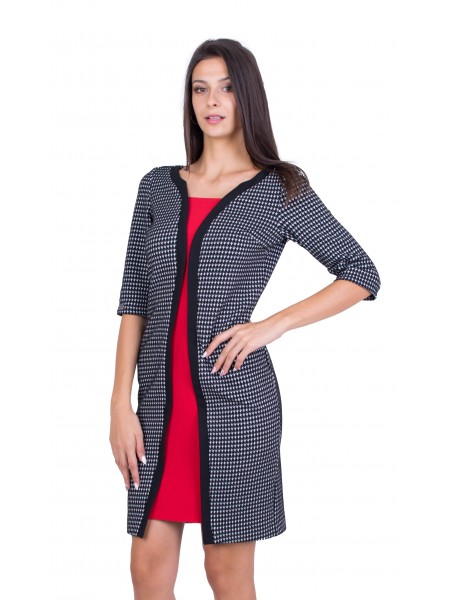

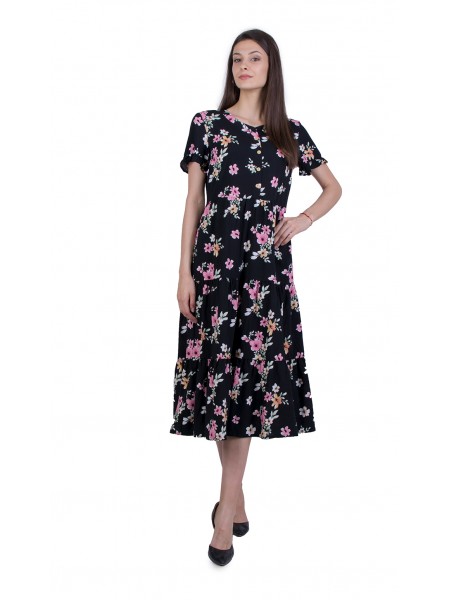
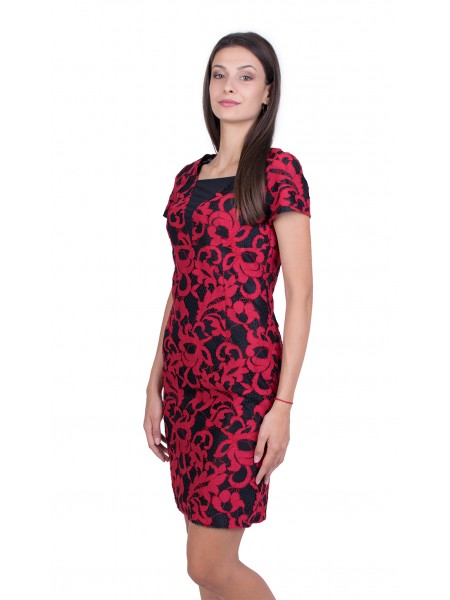
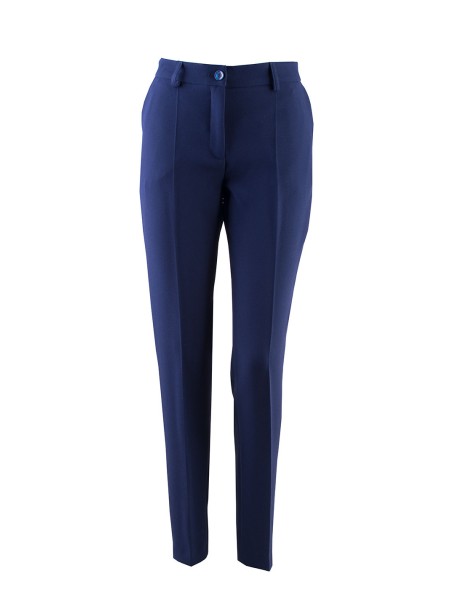

Leave a Comment